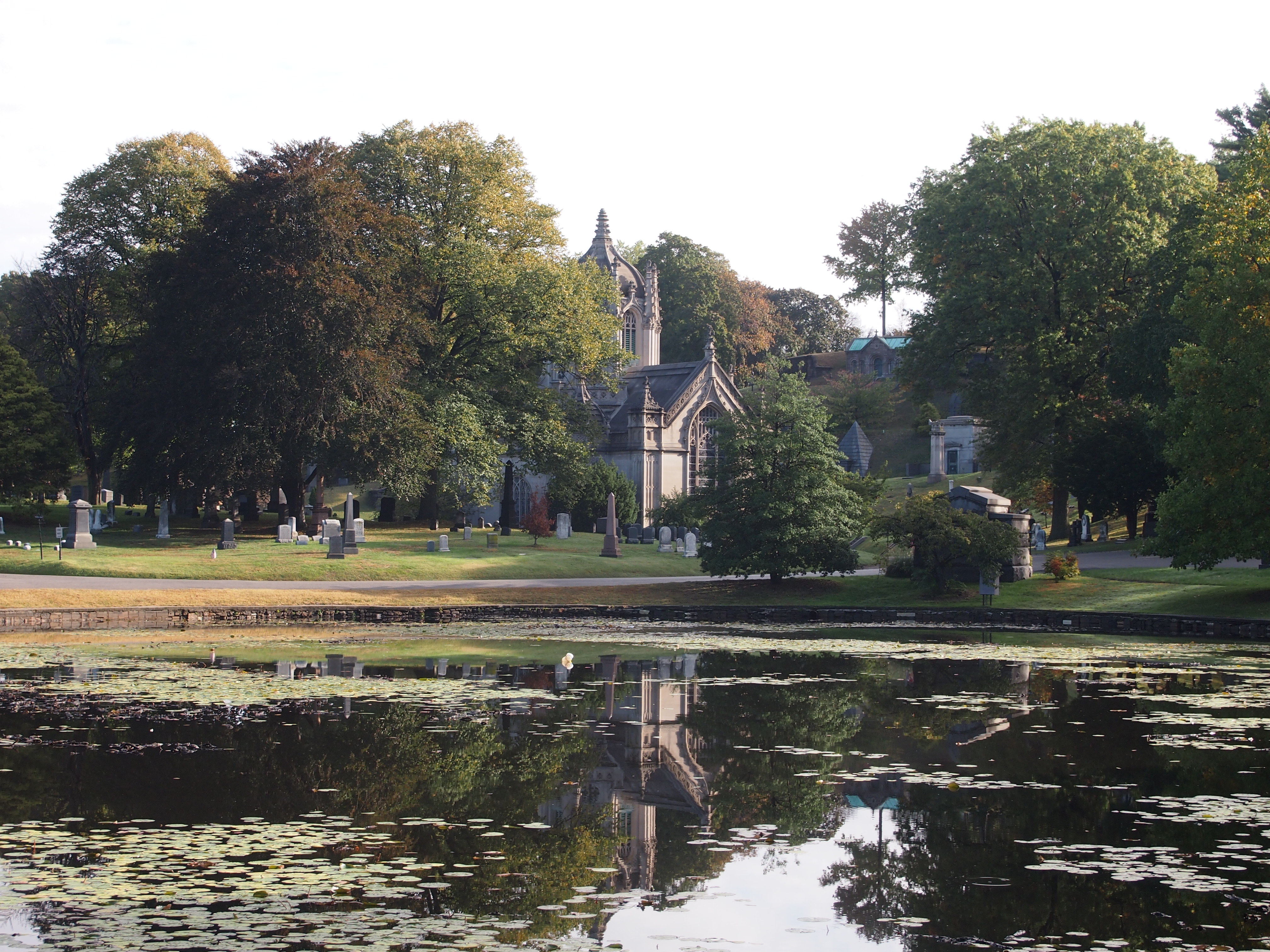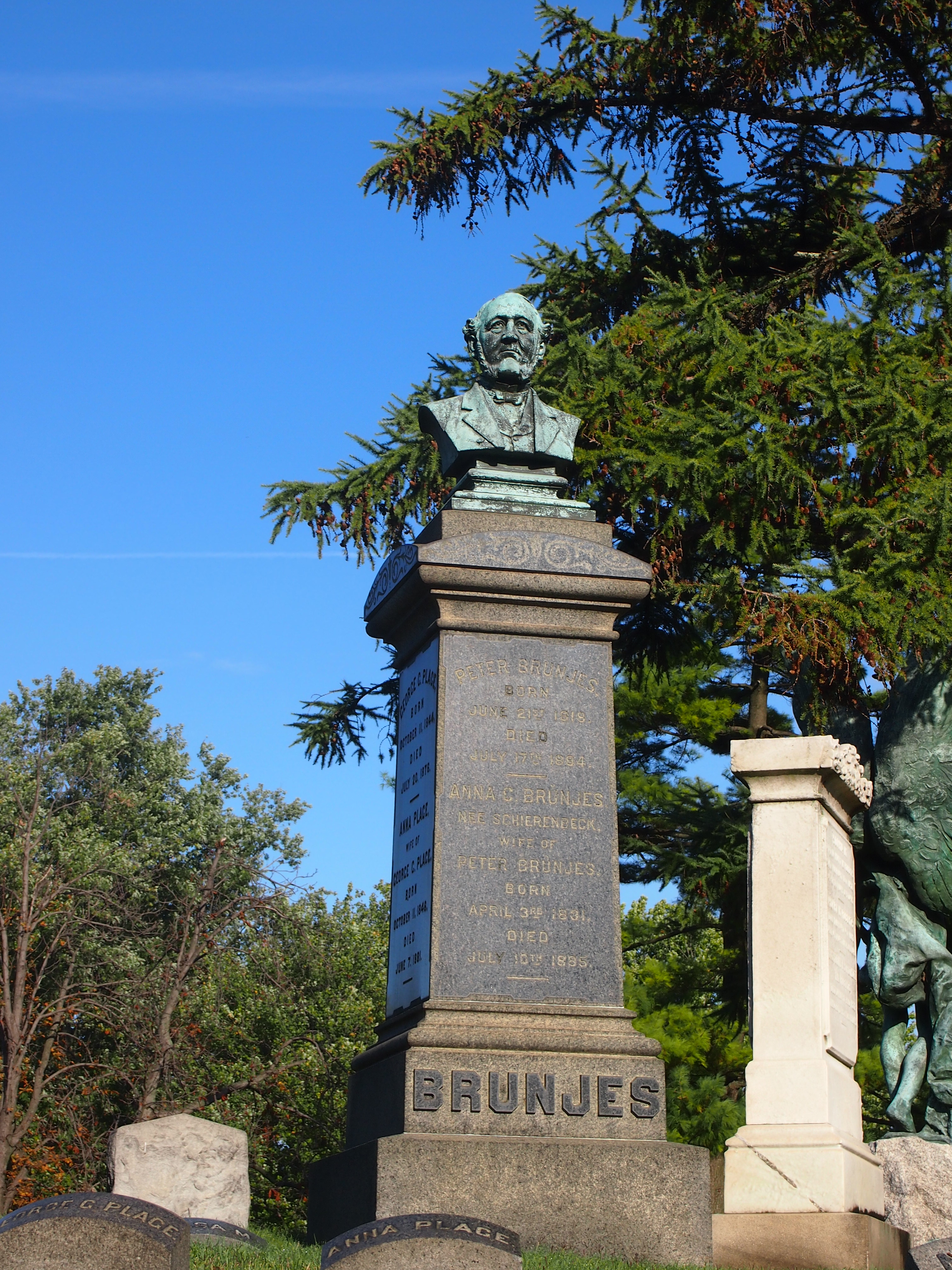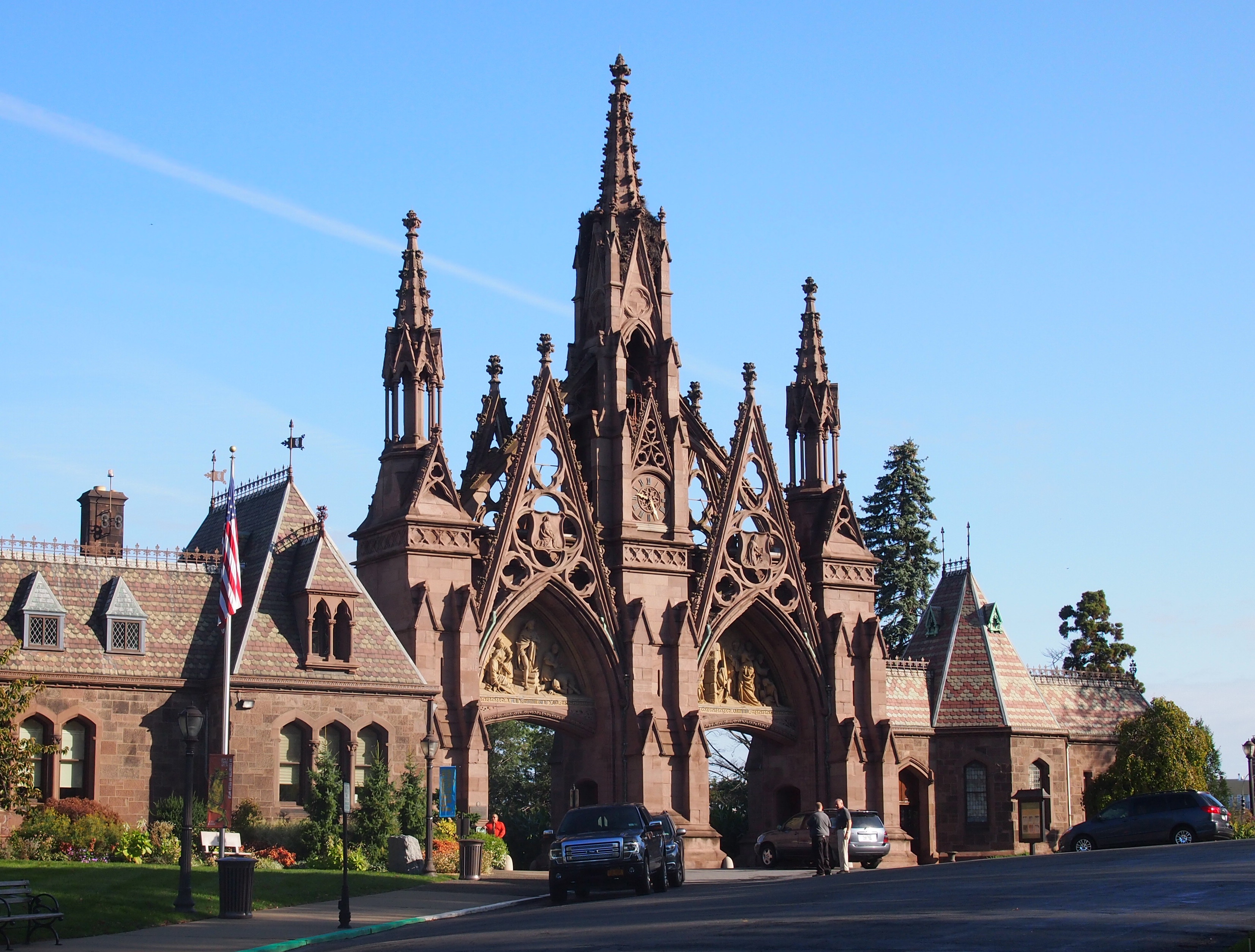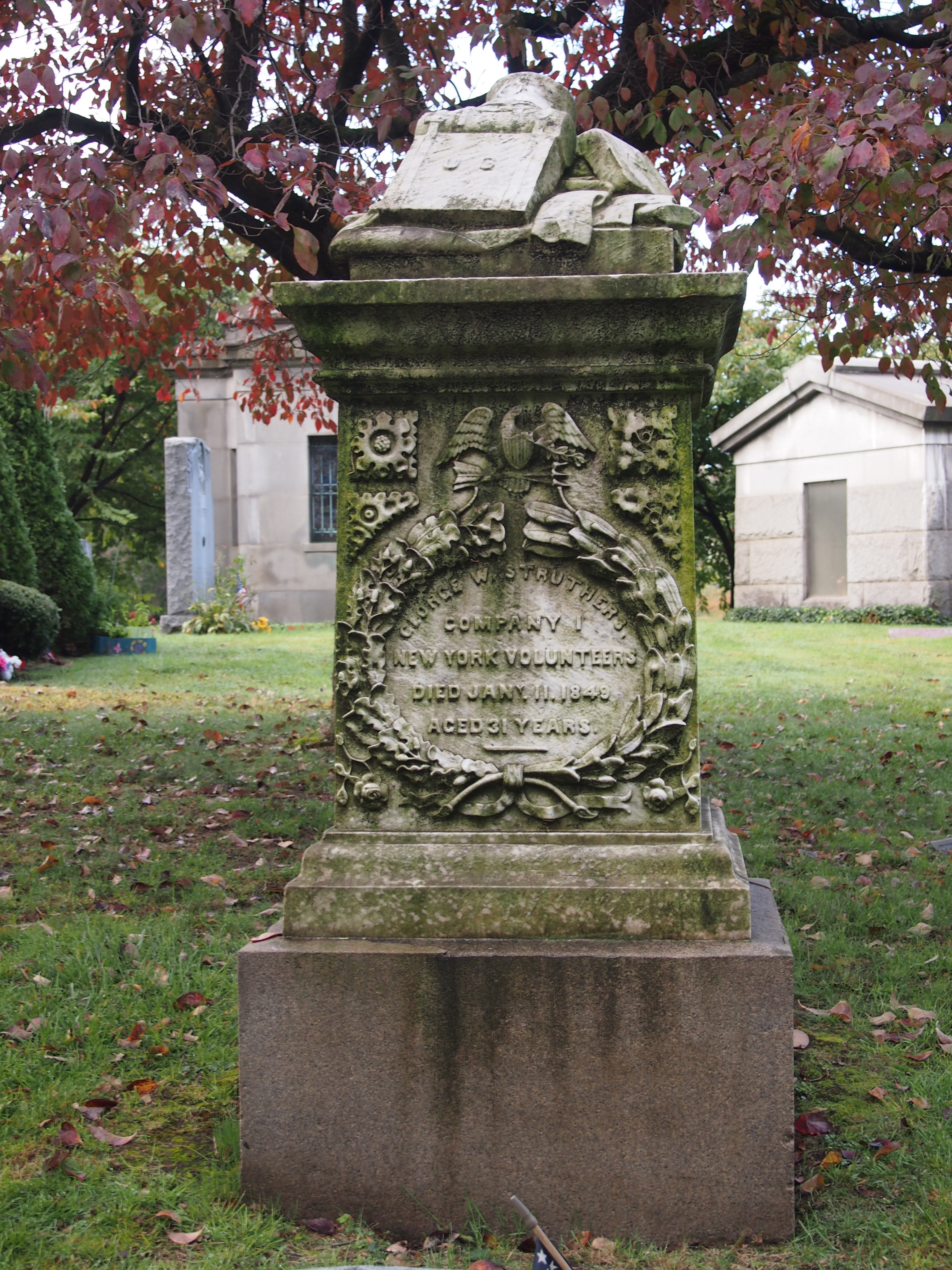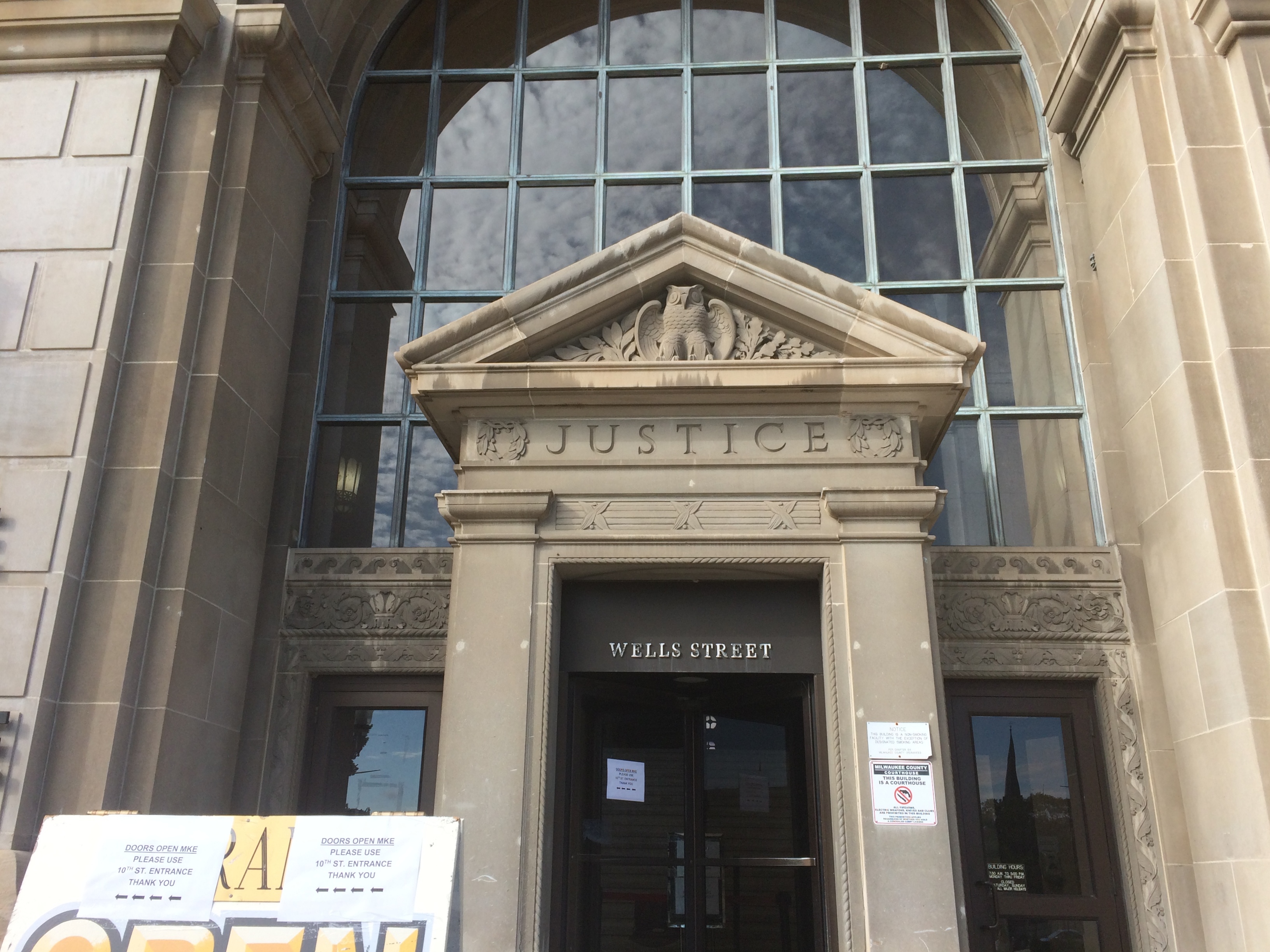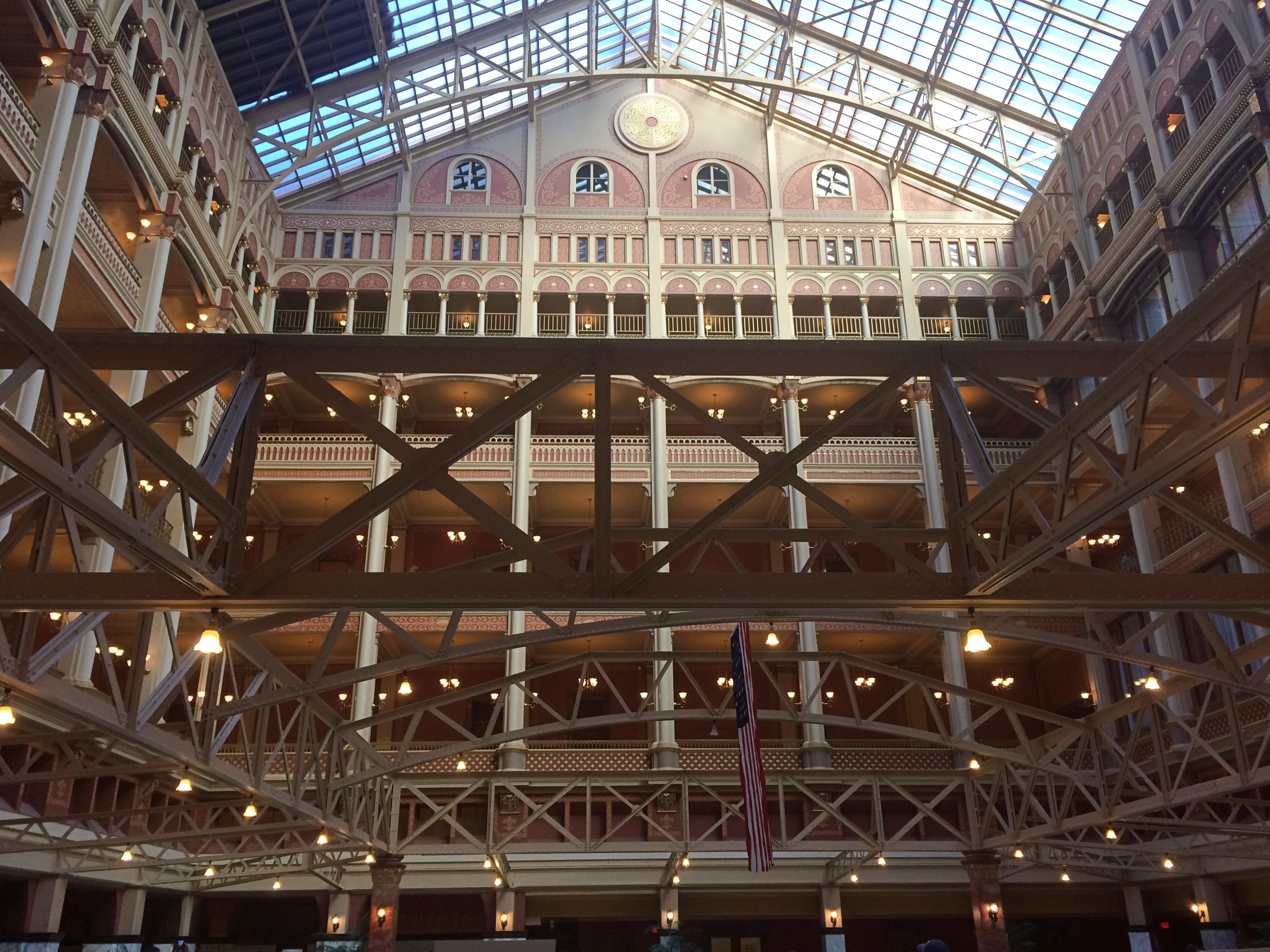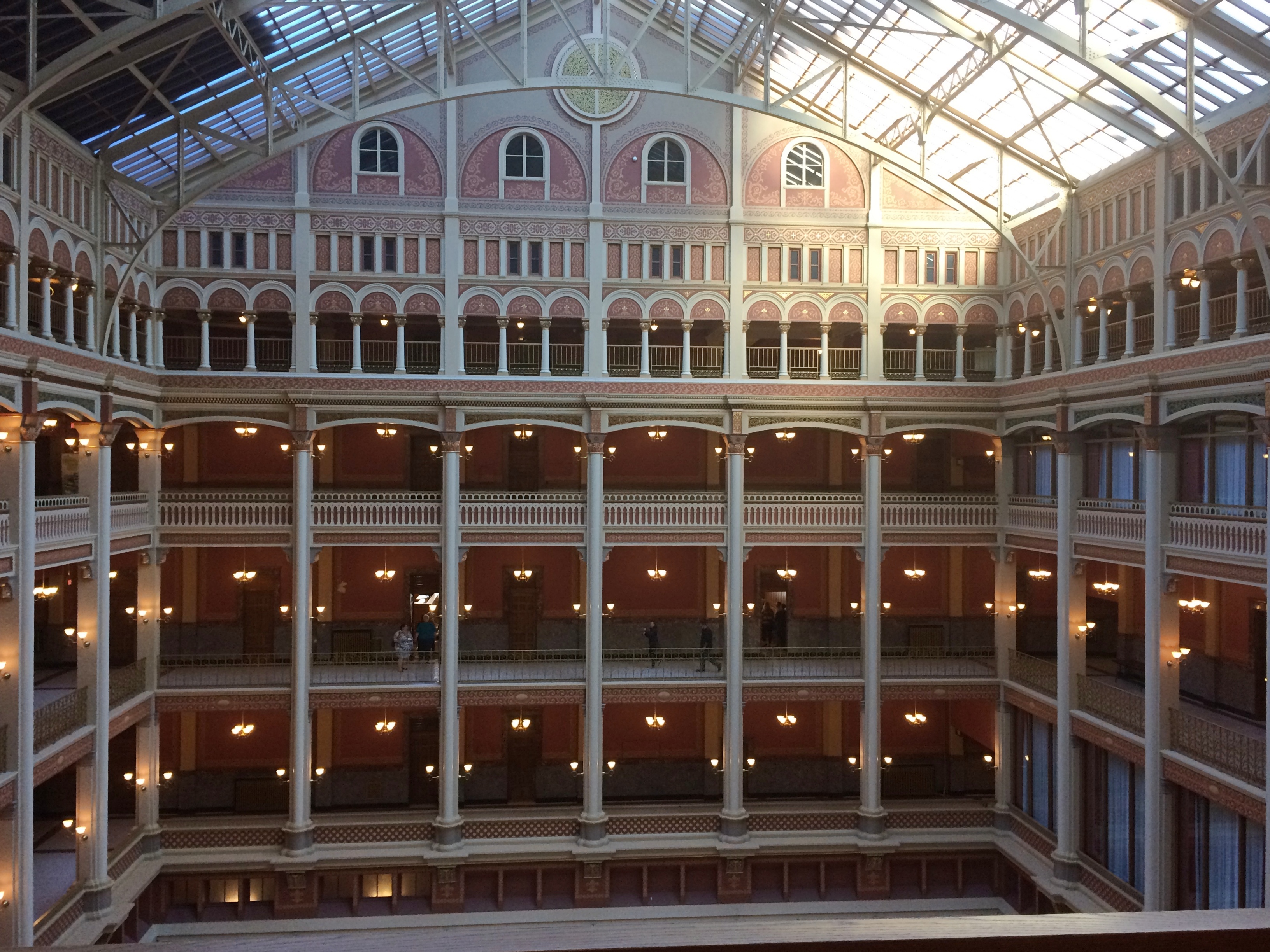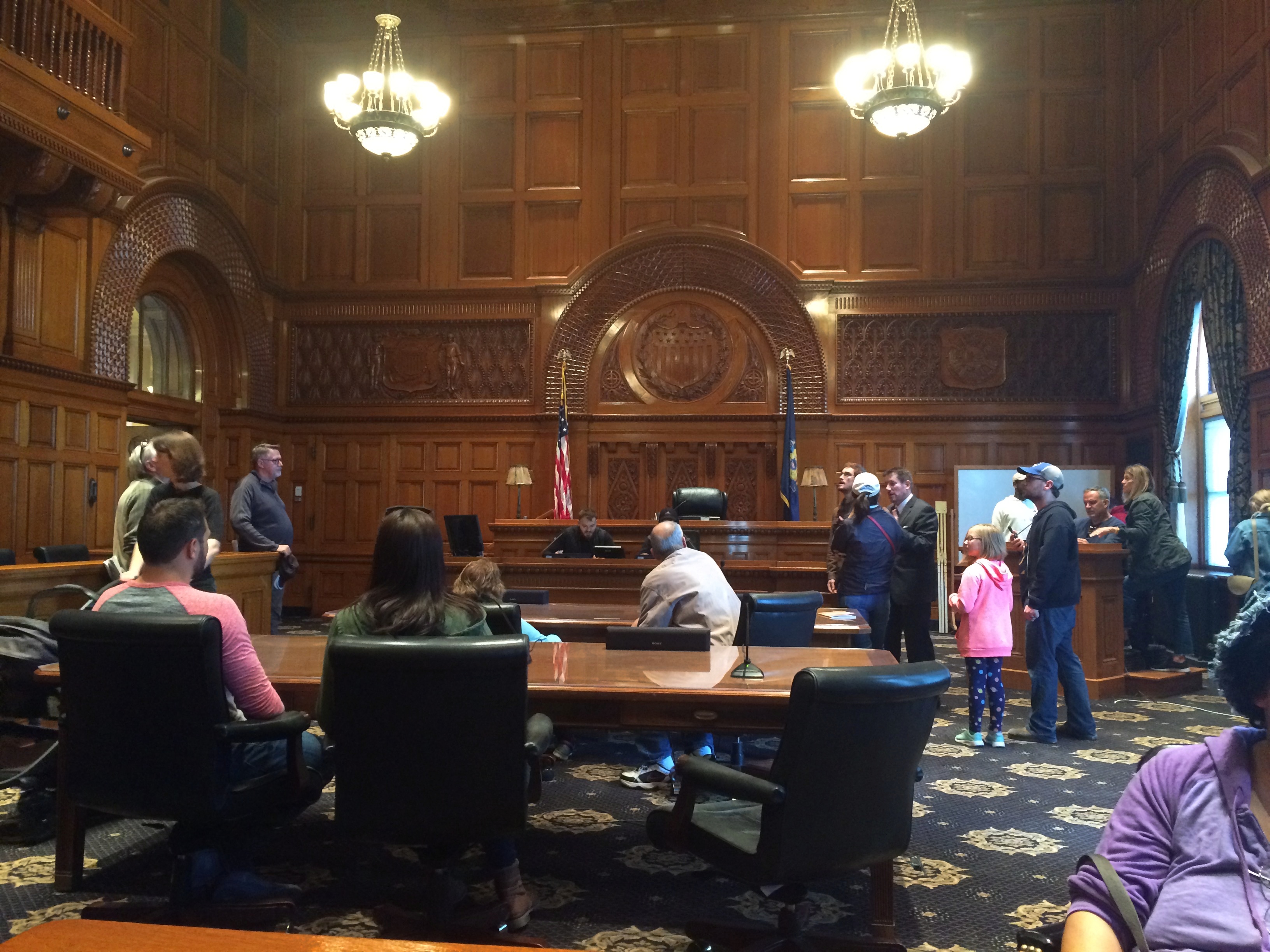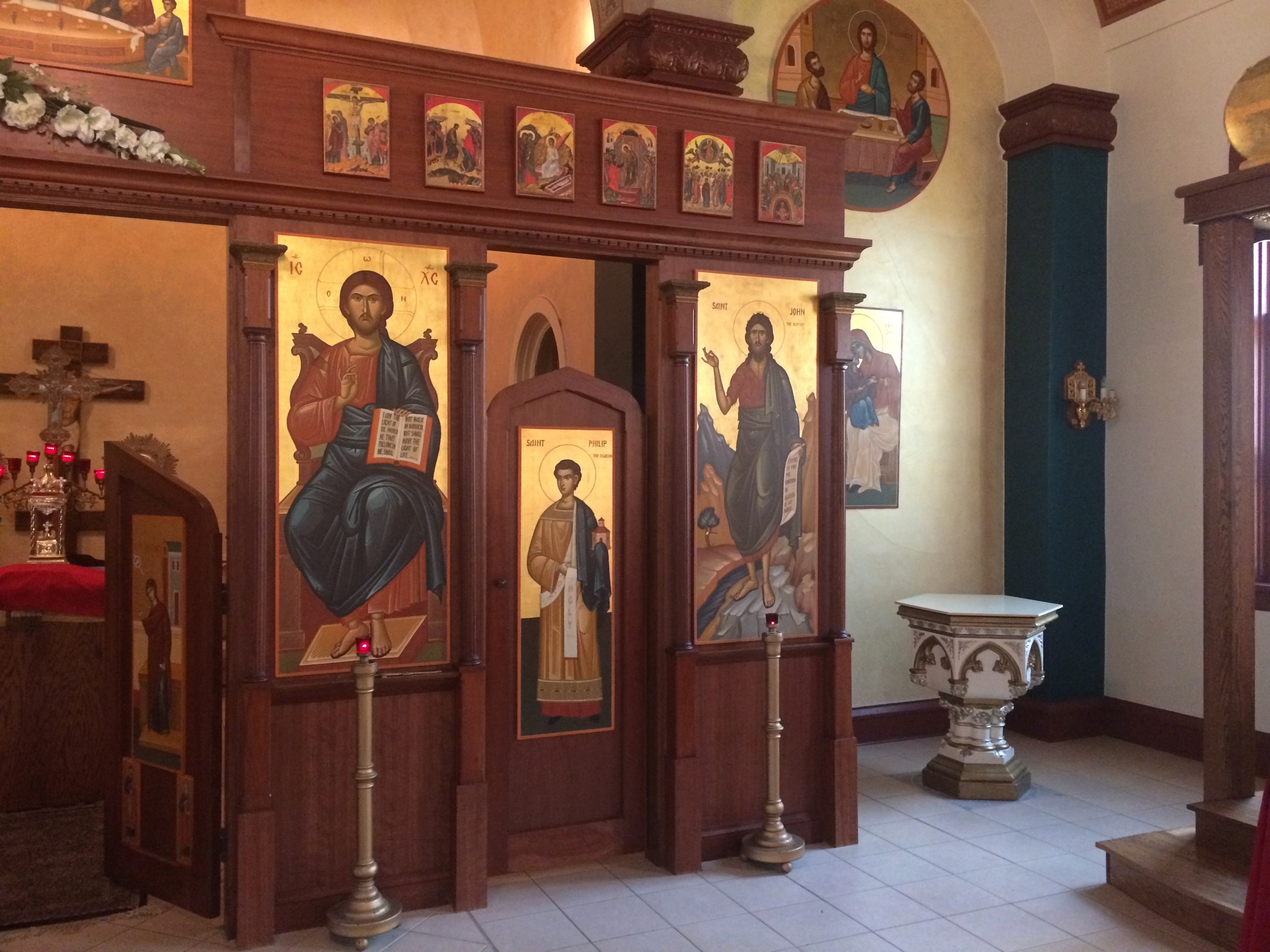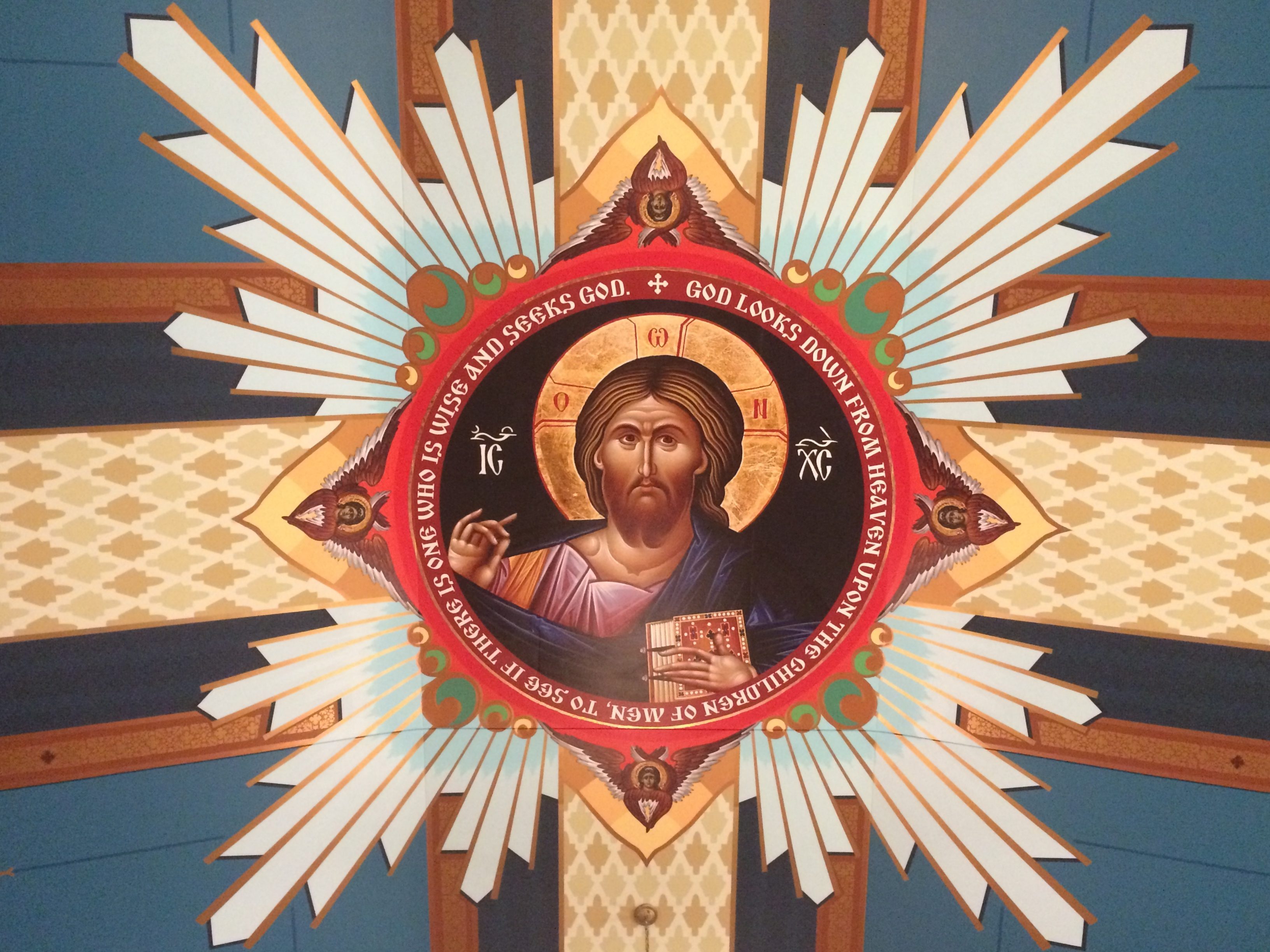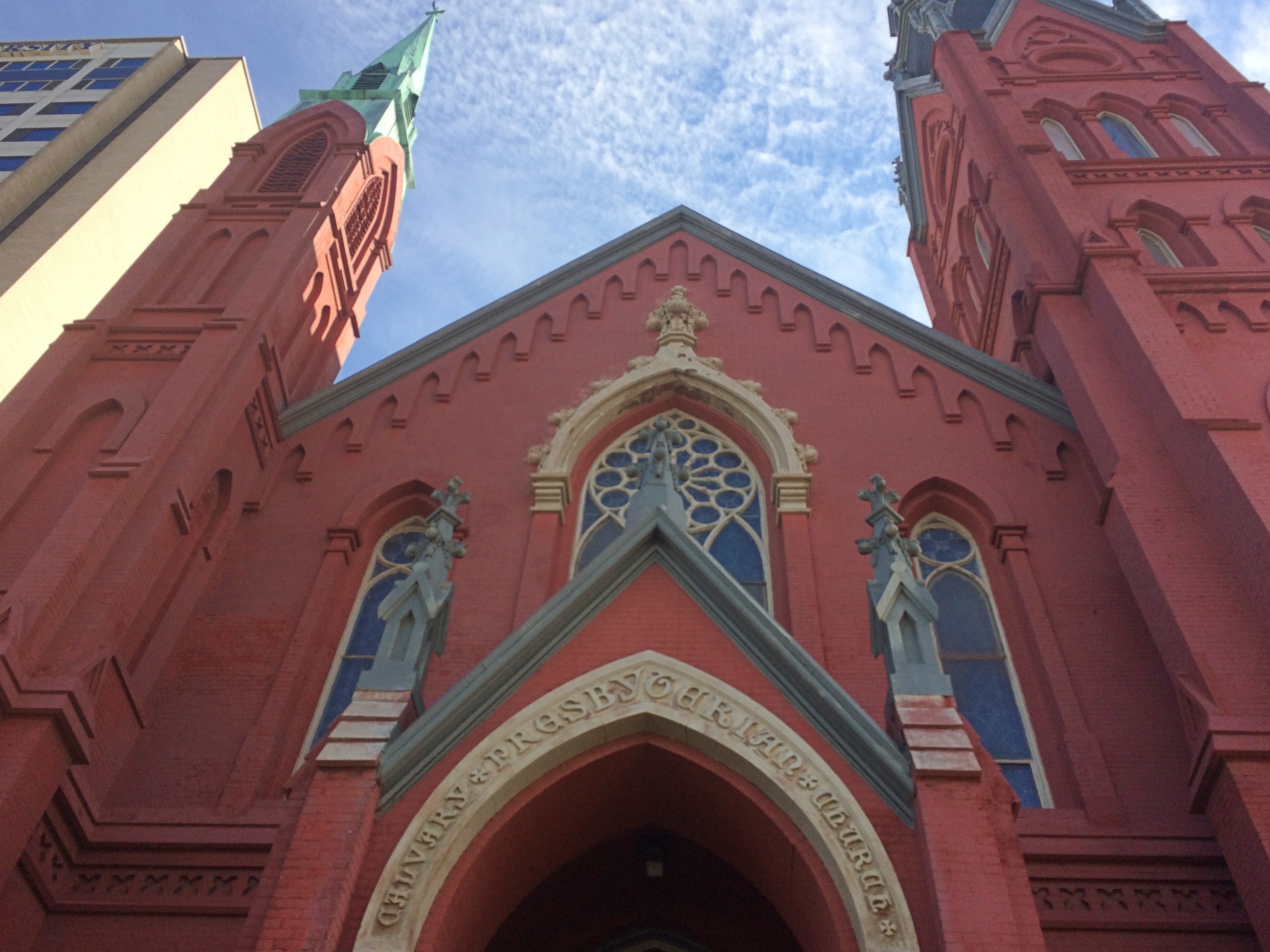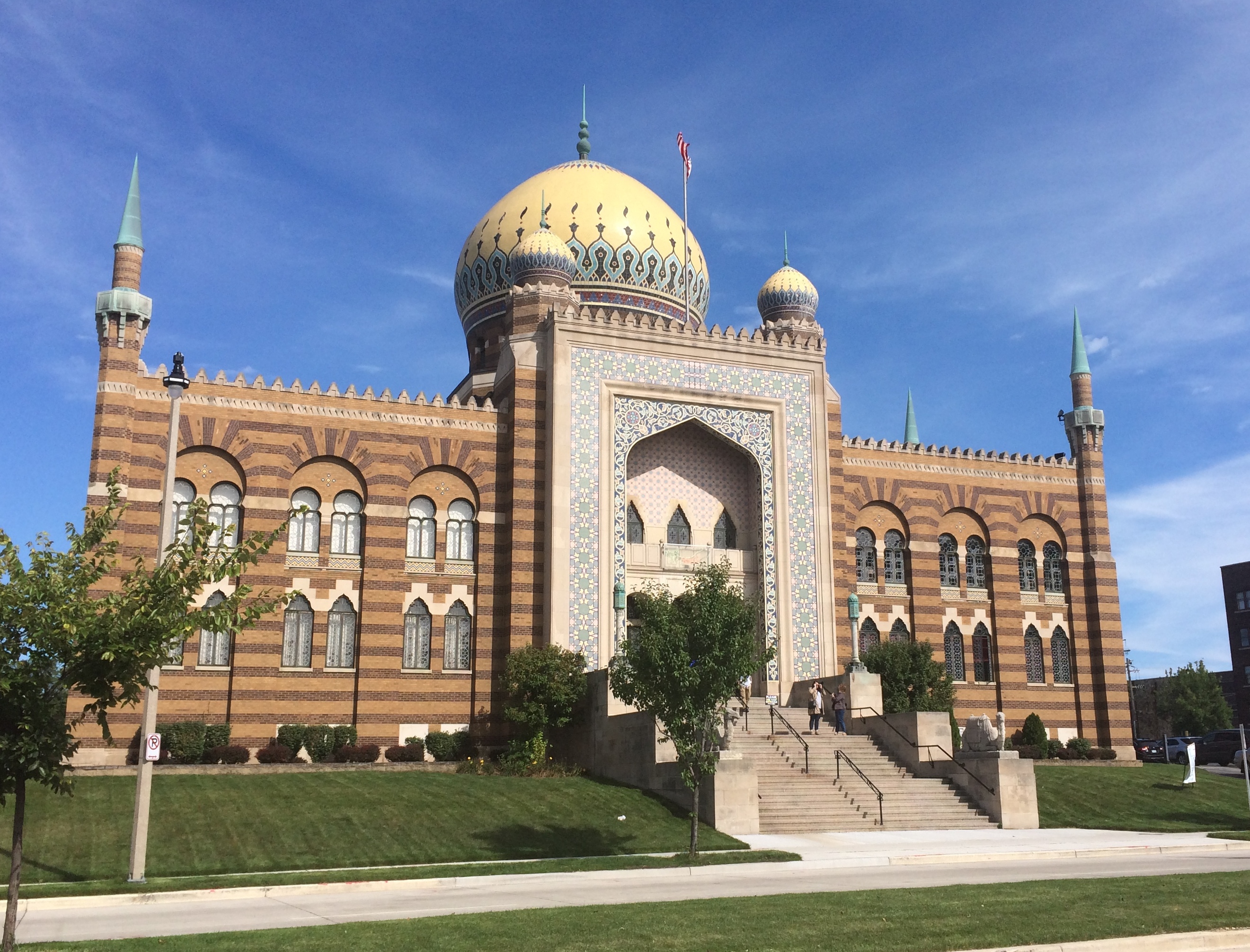Time for an autumn break. Back to posting around October 20, if all goes according to plan.
Last week in Milwaukee, I happened across an oddity that wasn’t part of the Doors Open event, but rather something in the median of Wisconsin Ave. near Calvary Presbyterian.
A tall, freestanding Corinthian column with a sphere on top. Other statues in the median, not pictured here, include ones honoring Union soldiers, Spanish-American veterans and George Washington. So this column must honor something along those lines, right?
Hard to tell just looking at it. A plaque on the plinth is enigmatic: Presented to the City of Milwaukee by the Carnival Association, June 26, 1900.
Who? Why? Later, I found an article about the Court of Honor, as the median is called. “The Court of Honor is a series of statues, most honoring military figures, that line the median strip in West Wisconsin Avenue between 9th and 10th Streets,” Bobby Tanzilo wrote in On Milwaukee.
“The collection of sculpture became known as the Court of Honor because it was the site of the annual crowning of the Rex (or king) of the Milwaukee Midsummer Carnival Festival, which began in 1898 to celebrate the 50th anniversary of Wisconsin’s birth as a state.
“The carnival only endured for four years, but it must have been a fun event, because it drew visitors from across the state… Each year, for the carnival, the association that organized the week-long event would build temporary classical wood and plaster colonnades. Two years in, it commissioned architect Alfred Clas to design a Corinthian column – the Midsummer Carnival Shaft – that would be constructed of Bedford limestone to serve as a permanent centerpiece for the event.”
The Midsummer Carnival Shaft thus stands to this day, silently honoring an event that probably 99.44% of Milwaukeeans could not identify. Just another example of something that can make the urban texture of a city interesting — a forgotten oddity in plain sight.
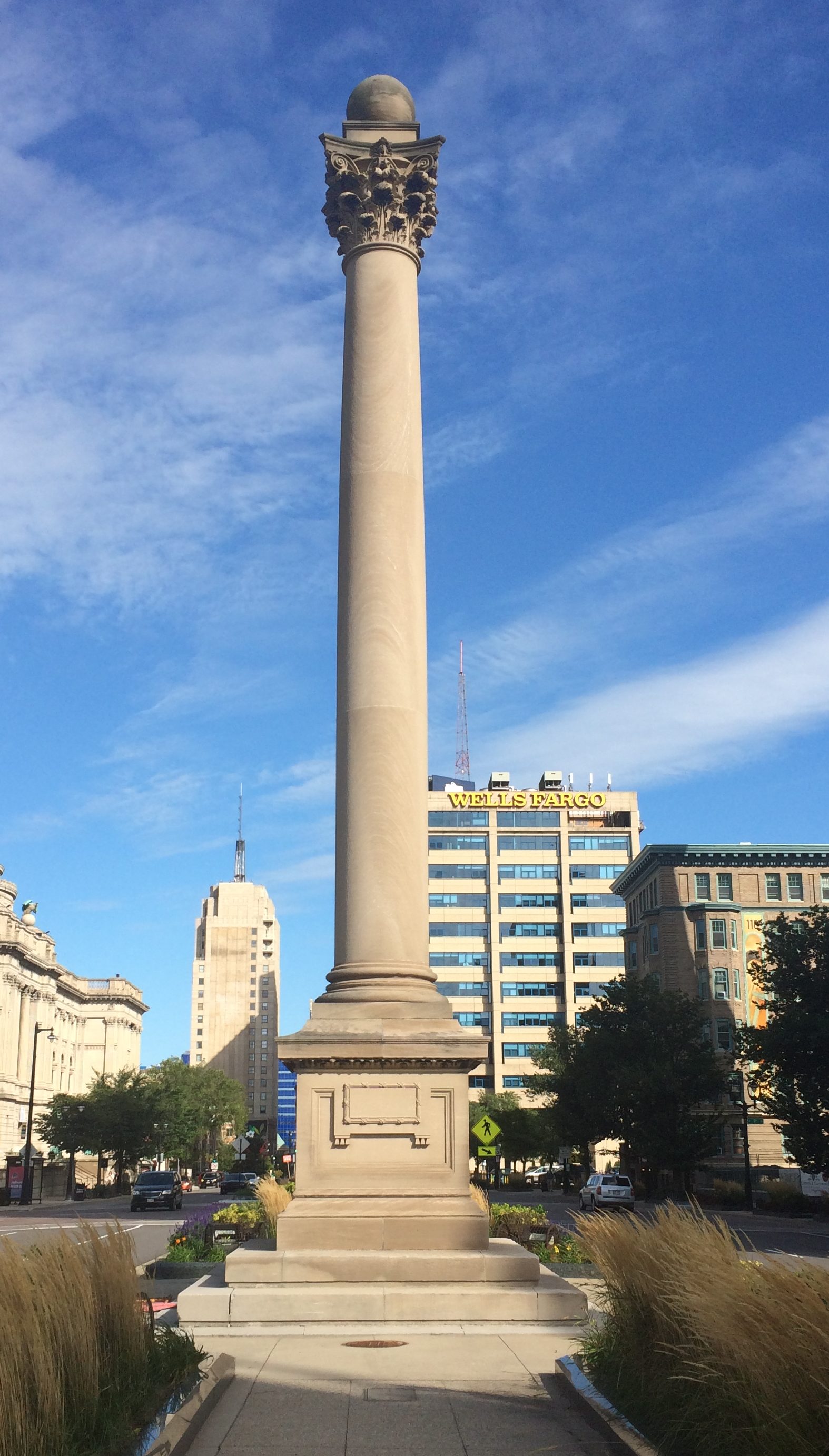


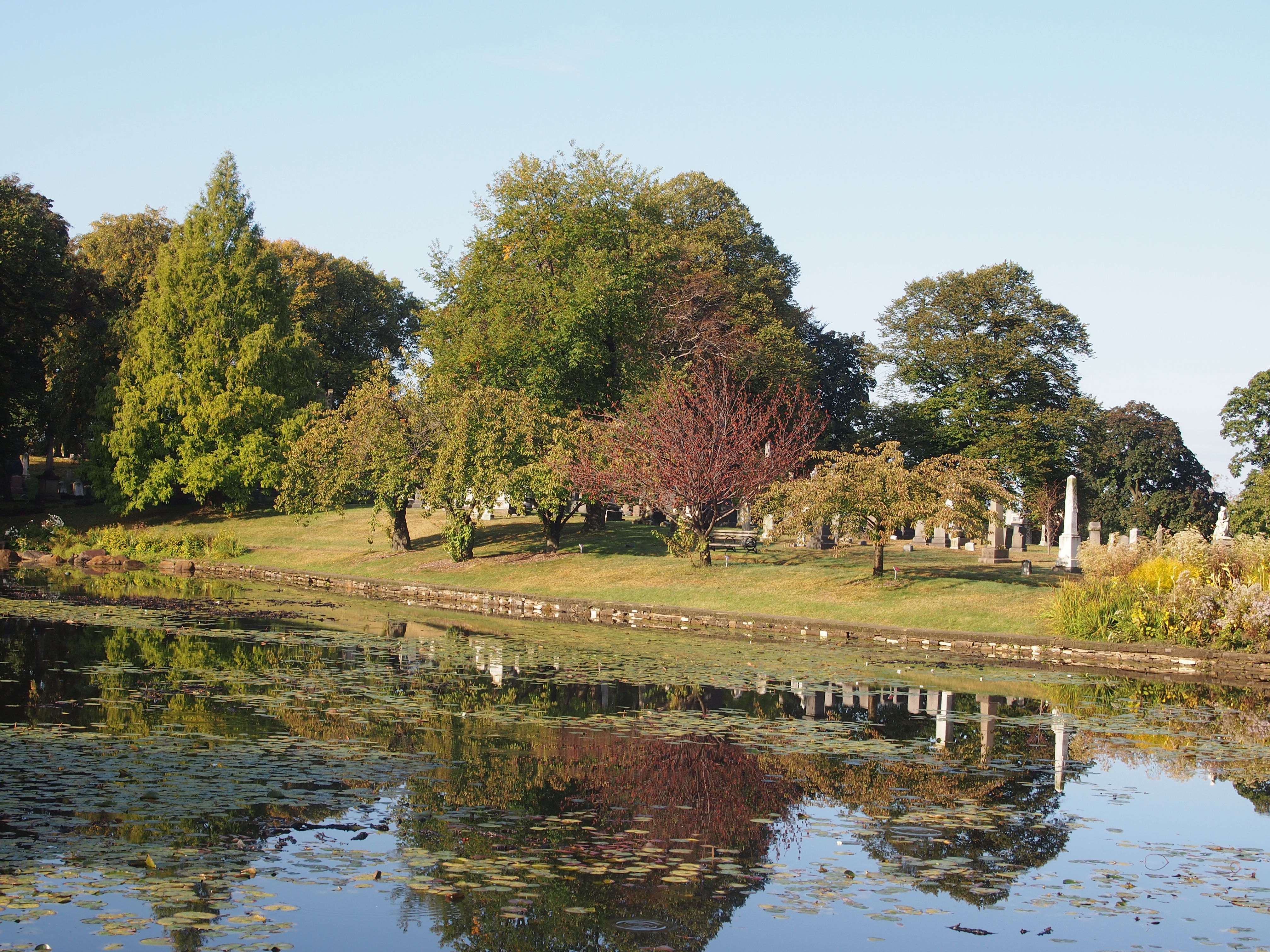 The main pond was a particularly lovely spot. This is the cemetery’s chapel,
The main pond was a particularly lovely spot. This is the cemetery’s chapel, 